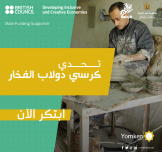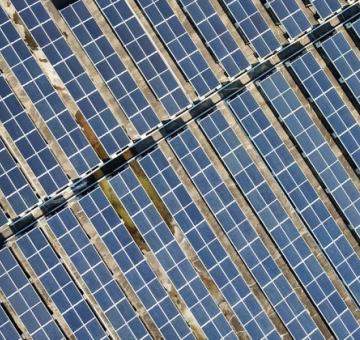Mapping the Structural Foundations of Egypt’s Cleantech Landscape

Egypt’s green transformation is no longer theoretical; it's becoming real through large-scale, high-impact infrastructure. From energy and hydrogen to water and waste, the country is putting down the physical and institutional foundations for a cleantech-powered future. These are not isolated achievements; they are the pillars of a scalable, inclusive climate economy in the making.
Green Hydrogen: Africa’s Emerging Leader
Egypt is leading the African continent in green hydrogen readiness. With 38 Memoranda of Understanding (MoUs) already signed, and a projected production capacity of 18 million tonnes per year by 2030, Egypt is positioning itself as a regional and global export hub. The majority of this production will be anchored in the Suez Canal Economic Zone, giving the country a strategic edge in supplying green hydrogen to Europe, the Gulf, and Asia. These projects also pave the way for industrial localization such as manufacturing electrolyzers and producing green ammonia positioning Egypt in high-value segments of the hydrogen value chain.
Solar Energy: From Supply to Jobs
The Benban Solar Park in Aswan stands as one of the largest solar power complexes in the world. It generates 1.46 gigawatts of clean electricity, powering over 420,000 homes and cutting more than 2 million tons of CO₂ emissions annually. Beyond emissions reduction, the project is a showcase for how clean infrastructure can deliver real economic dividends: it has created over 10,000 jobs, supporting livelihoods while advancing national energy goals. Benban is now viewed as a blueprint for what bankable, scalable renewable energy can look like in North Africa.
Water Innovation: Resilience Through Circularity
Water scarcity is one of Egypt’s most urgent climate concerns and one of its most promising innovation frontiers. The country now reuses over 6 billion cubic meters of treated wastewater each year. Facilities like Bahr El-Baqar, the world’s largest agricultural reuse plant, are transforming wastewater into a national asset. At the same time, solar-powered desalination is gaining momentum in governorates like Matrouh and Sinai, reducing pressure on freshwater sources while expanding access in off-grid areas. Together, these efforts mark a significant shift toward water circularity and long-term resilience. Egypt’s waste sector is being reimagined as a clean energy driver. New feed-in tariffs are making waste-to-energy economically viable, particularly in refuse-derived fuel (RDF) and biogas. Operational plants in Giza and Mansoura are already demonstrating this model, while the national strategy targets 80% municipal waste recovery by 2030. These developments support not only emissions reductions but also the creation of new markets in waste logistics, recycling, and smart collection systems. A circular economy is beginning to take shape and startups have a vital role to play.
From Infrastructure to Ecosystem
Egypt’s success in launching large-scale cleantech projects reflects increasing coordination between ministries, financiers, and international partners. But for transformation to reach its full scale, enabling systems such as regulatory clarity, capital mobilization, and innovation pipelines must now catch up. The next stage will require empowering startups, scaling R&D into viable businesses, and ensuring policy keeps pace with innovation.






































































EgyptInnovate site is not responsible for the content of the comments